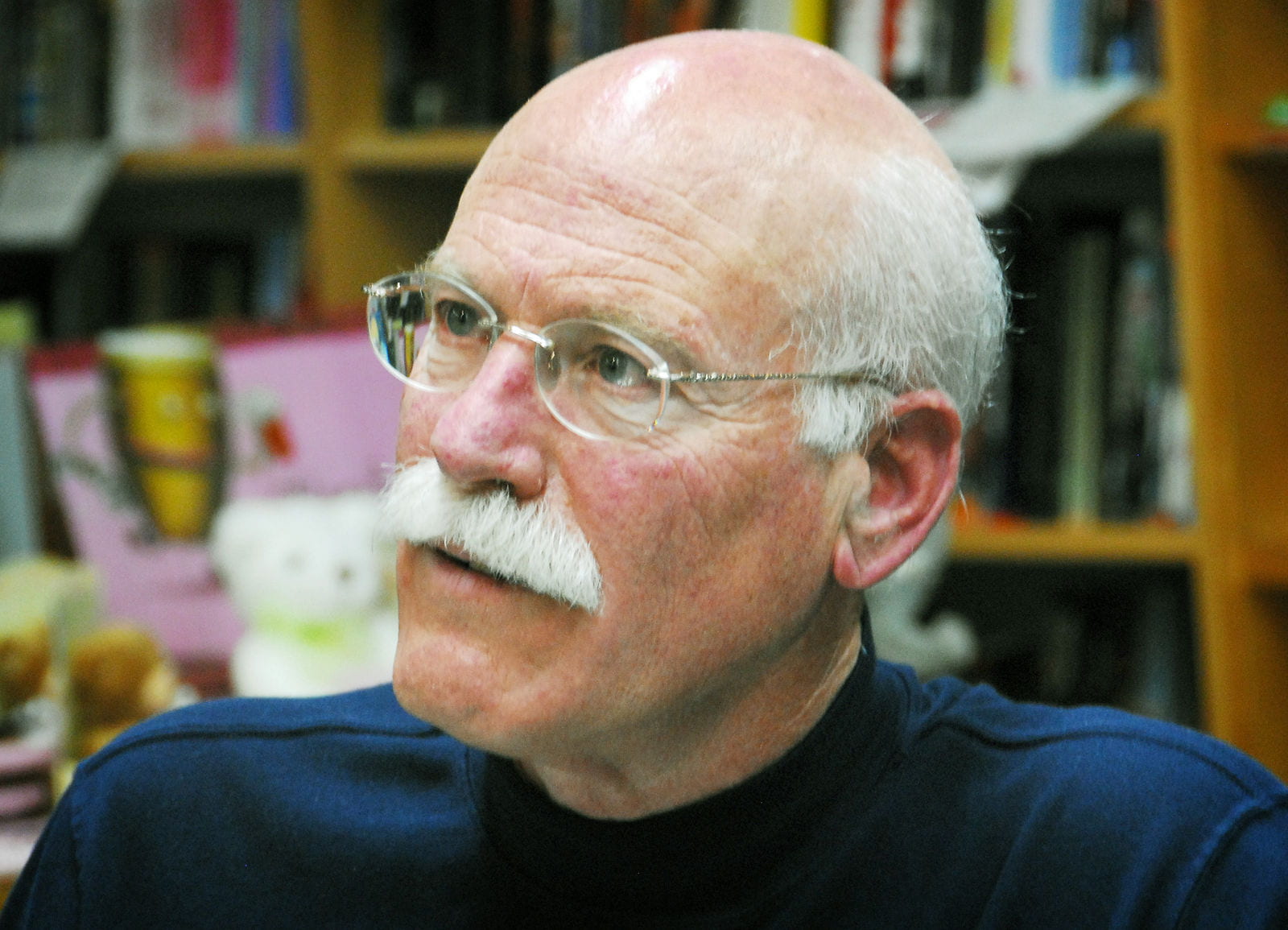Charlie Sterchi
To help orient or “ground” the reader, it’s important to establish the “ground situation” quickly, especially in flash. This is done by providing “grounding” or providing “context” details of where and when the story is occurring. Identify where and how “grounding” details are established in Sterchi’s piece. Now your turn: see how much “grounding” information you can embed in your first sentence. Consider the journalistic Ws: who, what, when, where, why.







